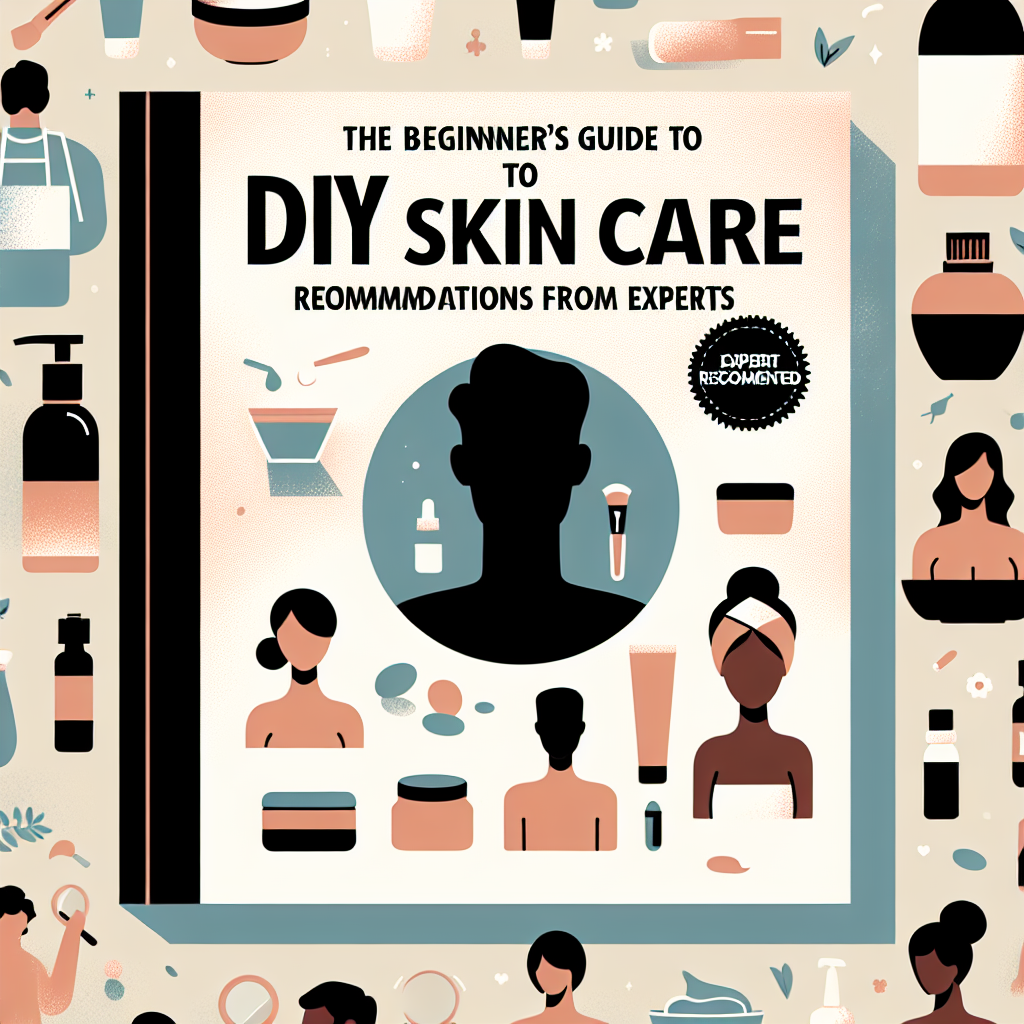Introduction to DIY Skin Care
In recent years, the DIY skin care movement has gained tremendous popularity, largely due to the desire for personalized treatments and a growing awareness of the ingredients in commercial products. Creating your own skin care products allows for customization and often results in more natural and effective solutions. This guide offers essential recommendations from experts to help beginners safely dive into the world of DIY skin care.
Understanding Your Skin Type
Before embarking on your DIY skin care journey, it’s crucial to understand your skin type. According to dermatologists, there are five primary skin types: normal, oily, dry, combination, and sensitive. Knowing your skin type will help you choose the right ingredients and formulations.
Essential Ingredients for DIY Skin Care
Experts recommend starting with a few basic ingredients that can be used across various recipes. Here are some staples to consider:
- Carrier Oils: Coconut oil, jojoba oil, and sweet almond oil provide excellent hydration.
- Essential Oils: Lavender, tea tree, and eucalyptus oils offer therapeutic properties and pleasant fragrances.
- Botanical Extracts: Aloe vera, chamomile, and green tea extracts soothe and nourish the skin.
- Natural Exfoliants: Sugar, coffee, and oatmeal can provide gentle exfoliation without harsh chemicals.
- Acids: Lactic acid and salicylic acid can help with exfoliation and acne treatment, but should be used cautiously.
Simple DIY Skin Care Recipes
1. Hydrating Face Mask
Mix 1 tablespoon of honey with 1 tablespoon of yogurt. Apply to your face and leave on for 10–15 minutes before rinsing with warm water. This mask helps hydrate and soothe the skin.
2. Exfoliating Scrub
Combine 1 cup of brown sugar with ½ cup of coconut oil. Gently scrub in circular motions on damp skin, then rinse off. This scrub promotes healthy skin renewal.
3. Calming Toner
Steep 2 bags of chamomile tea in 2 cups of hot water for 10 minutes. Let cool, then apply to the face with a cotton pad. This toner is perfect for sensitive or irritated skin.
Safety Precautions
Though DIY skin care can be rewarding, experts warn about the importance of safety:
- Always do a patch test before applying a new ingredient (apply a small amount to your inner arm and wait 24 hours).
- Be cautious with essential oils; they are potent and should often be diluted with carrier oils.
- Keep an eye on expiration dates for all ingredients and store them properly to prevent bacterial growth.
When to Consult a Professional
If you have specific skin concerns or conditions, such as persistent acne, eczema, or rosacea, it’s advisable to consult with a dermatologist before using DIY products. They can provide personalized recommendations and ensure you’re using safe and effective methods.
Conclusion
DIY skin care can be an enjoyable, creative, and rewarding endeavor when approached correctly. By understanding your skin type, using safe ingredients, and following expert advice, you can craft personalized products that nourish and enhance your skin’s natural beauty. So, gather your ingredients, get experimenting, and enjoy the journey to healthier skin!

